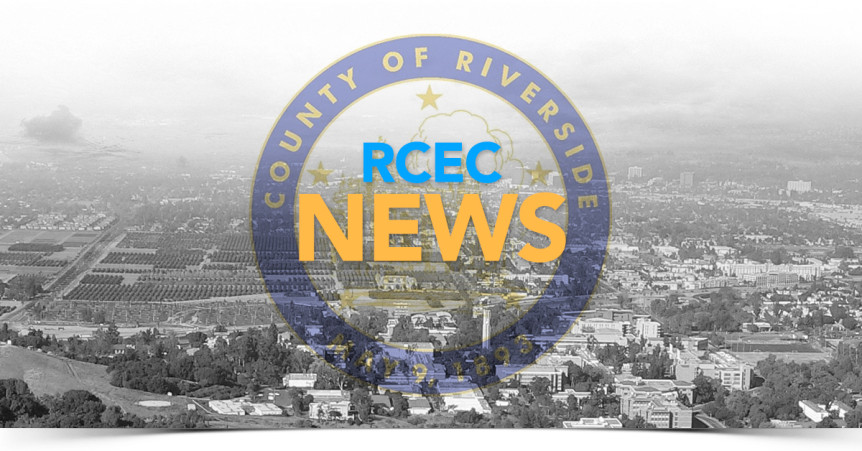Courtesy of edweek.org | Catherine Gewertz
One quarter of high school students don't fill out the federal form they need to get financial aid, according to a new study. And the biggest reason they don't is that many think their families can afford college without that support.
The new report, released this week by the National Center for Education Statistics, follows students who were freshmen in the fall of 2009. Sixty-five percent of those students completed the Free Application for Federal Student Aid, or FAFSA. Twenty-four percent didn't. The remaining 11 percent didn't know what a FAFSA was or if they finished it.
Here are the reasons students cited for not filling out the FAFSA:
- Didn't think they needed the aid to afford college (33 percent)
- Thought they might not qualify for financial aid (32 percent)
- Didn't want to take on debt (28 percent)
- Didn't have enough information about how to complete a FAFSA (23 percent)
- Didn't plan to continue their education after high school (22 percent)
- Didn't know they could complete a FAFSA (15 percent)
- Thought FAFSA forms take too much time or work (9 percent)
Delving into why students don't fill out the FAFSA could fuel solutions to one of the big barriers to college: obtaining the loans or grants that make it affordable. Every year, students leave millions of available aid dollars untouched.
Federal officials have been working on this problem for years. They've shortened and simplified the FAFSA process and recently debuted a version students can complete on their cell phones.
The new federal report showed that race and parents' education levels shaped patterns of FAFSA completion. Black and Hispanic students, and students whose parents had a high school education or less, were far more likely to say they didn't have enough information about how to do the FAFSA.


The National College Access Network has tracked FAFSA patterns for years. The new data echoed some of what it's seen in its own research. Students often don't understand what makes them eligible for financial aid, and often think they're ineligible when they're not, said NCAN's policy director, Carrie Warick.
"They are self-selecting out before they even get to a point where they'd discover how long the form is," she said in an email.
Warick said she thinks NCES' 65 percent completion rate could be a bit high because it's based on survey data. When they're asked if they completed a FAFSA, some students might say they did, but be unaware that they'd skipped a step, Warick said.
NCAN's numbers track actual submissions, and they're more sobering than the ones in the new federal report. Of 2018 high school graduates, 61 percent submitted a FAFSA. In 2015, that rate was 57 percent. The NCES study focused on the class of 2013.

Race to Submit has allowed the RCEC to strengthen its partnership with the California Student Aid Commission, partner school districts, colleges and has now been adopted statewide. The statewide launch happened in October 2017 at Rancho Verde High School in the Val Verde Unified School District. CSAC and the RCEC both have comprehensive websites that offer FAFSA completion feedback to schools along with strategies for best practices. Other states are now utilizing the RCEC website to help drive FAFSA completion within their school districts. Cifuentes, known for her practitioner expertise with FAFSA completion, was appointed by the Governor of California to serve as a commissioner to the California Student Aid Commission.
Through the ongoing collaborative efforts of Race to Submit, best practices continue to be created and shared from the field. These strategies are highlighted on the Race to Submit website. The Val Verde Unified School District, a member of the RCEC, made FAFSA completion a graduation requirement for the senior class of 2018. As a result, Val Verde High Schools (Rancho Verde and Citrus Hill) were recognized in the Governor’s Office for having the highest FAFSA completion rates in California.
The Race to Submit initiative has far exceeded original expectations for success. On the policy front, the Governor of California signed a bill that will require all high school students to be taught about FAFSA completion starting in 2020.
You can access the California Student Aid Commission’s Race to Submit website at webutil.csac.ca.gov/Dashboard/ and the RCEC Race to Submit website at rcec.us/race-to-submit/.

